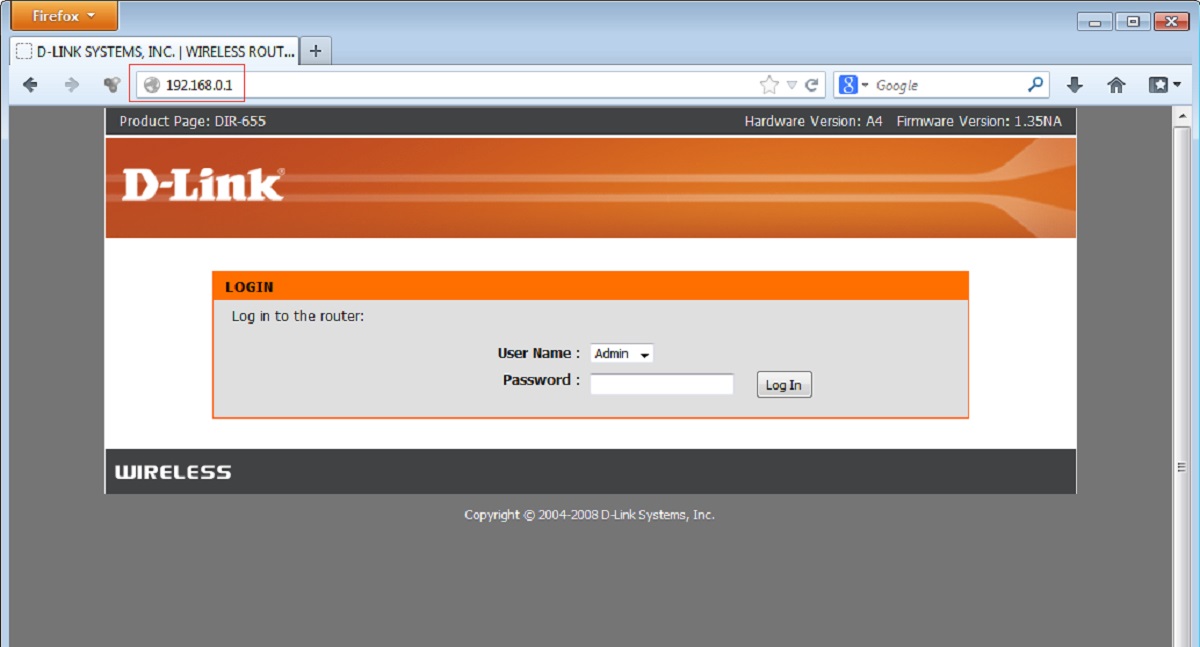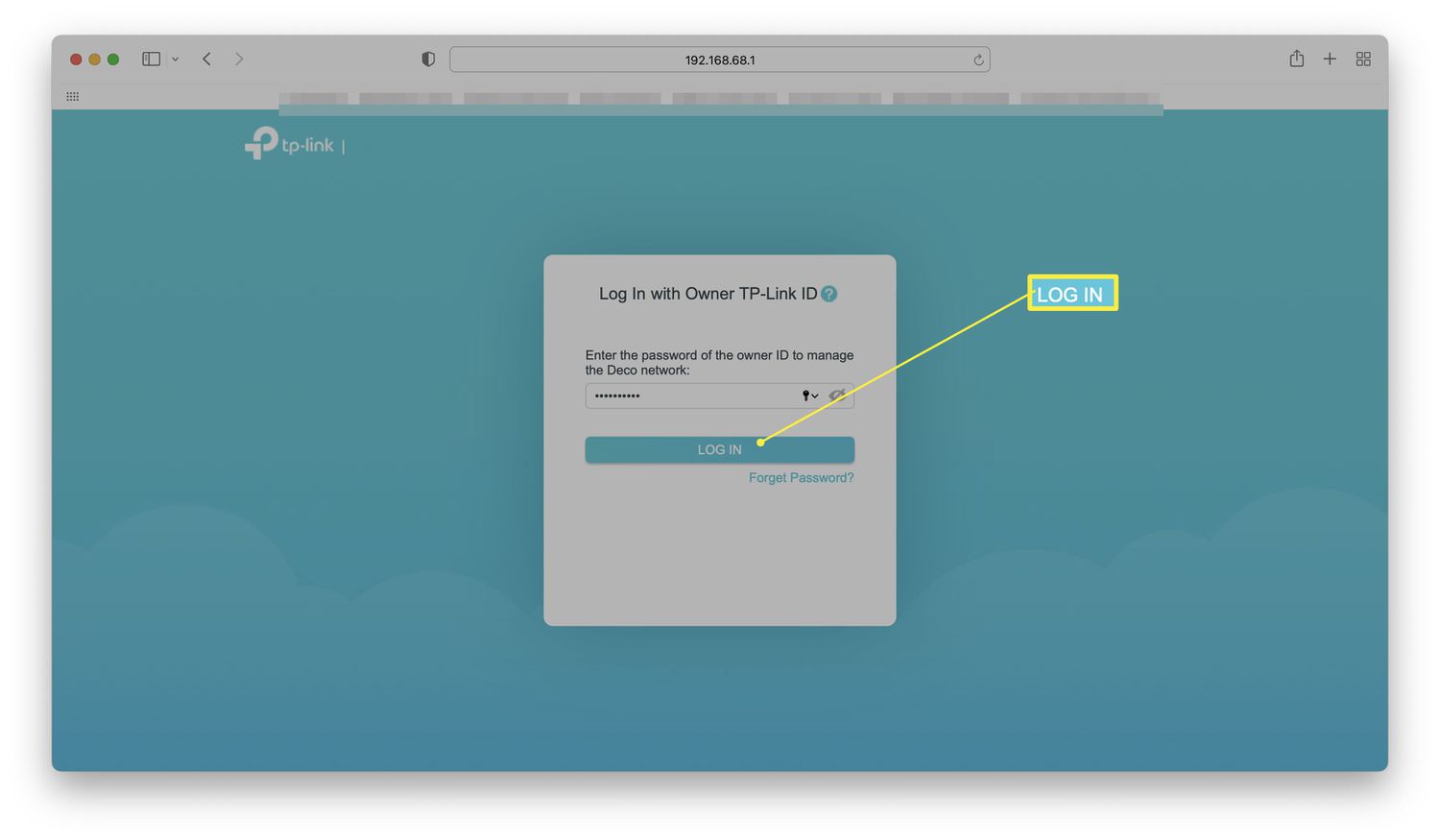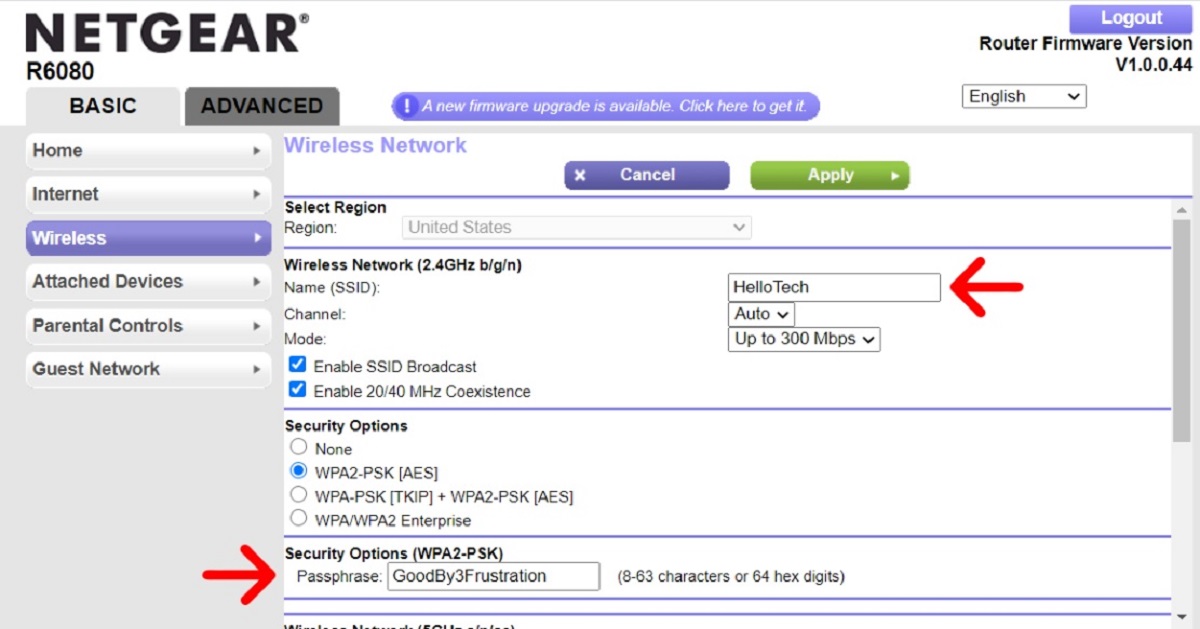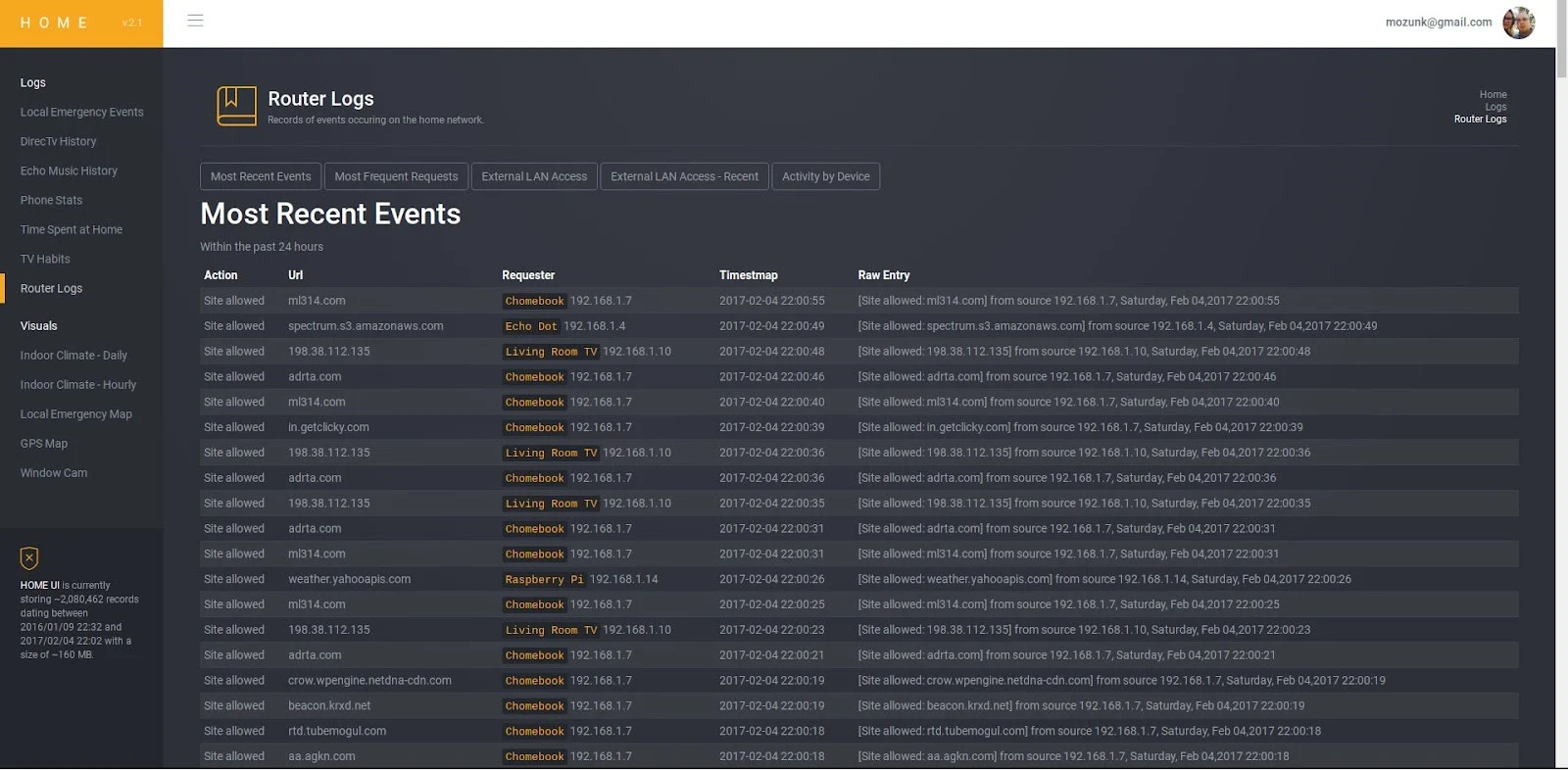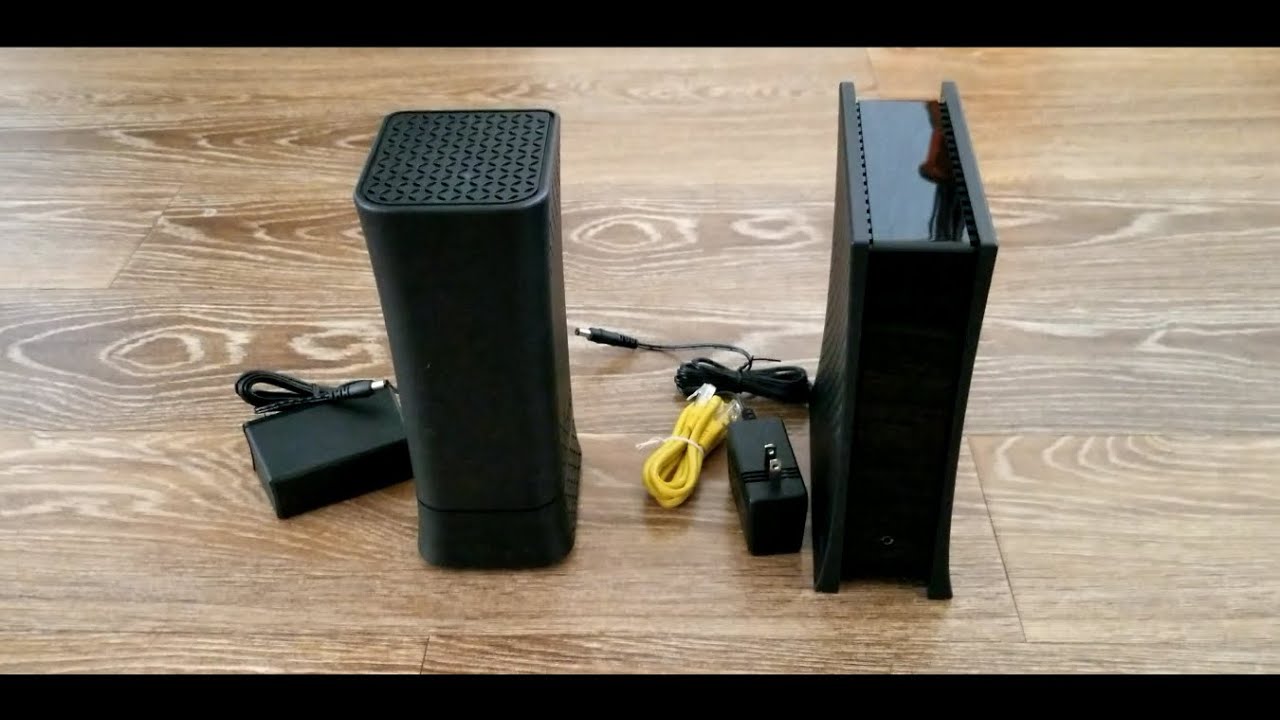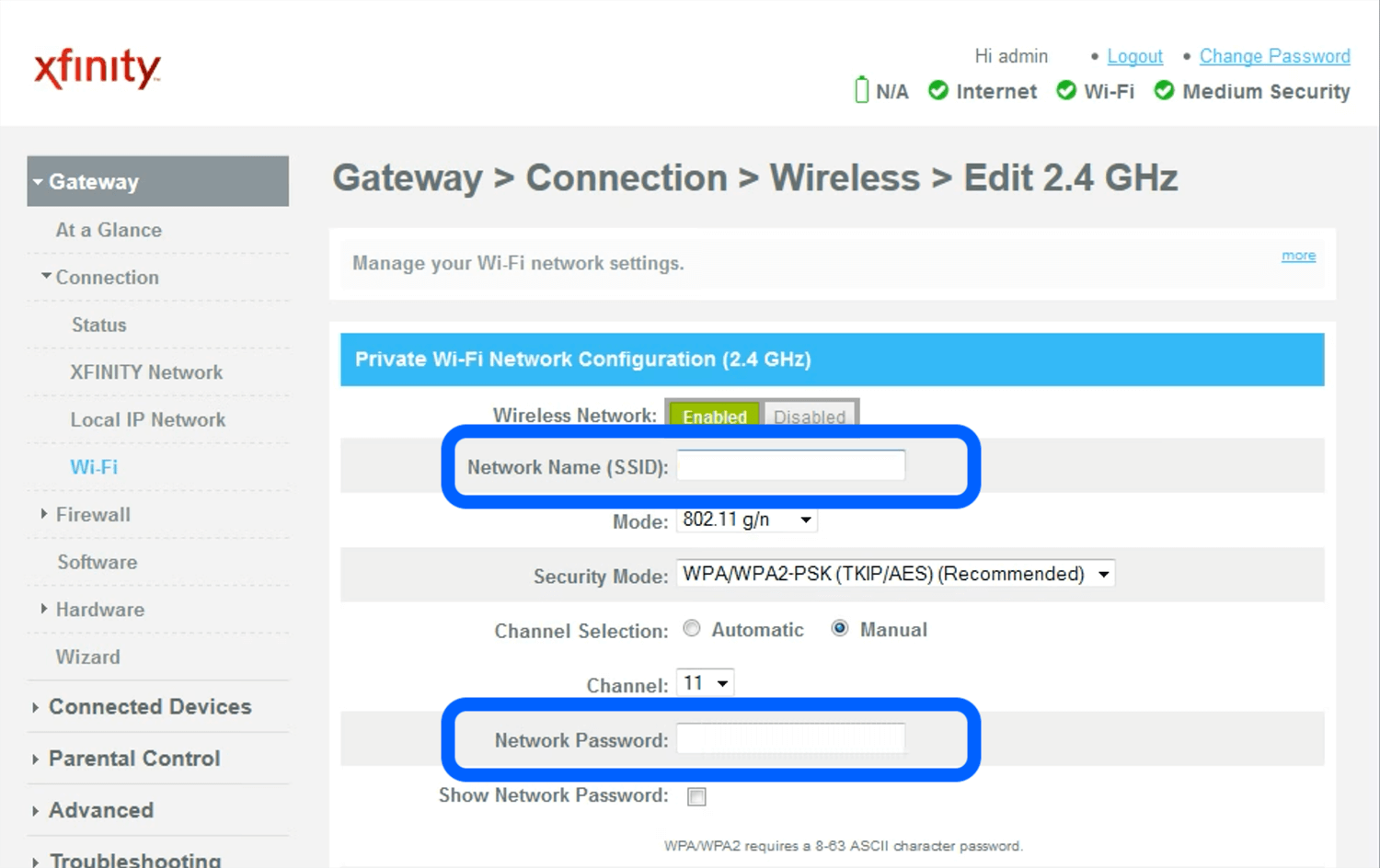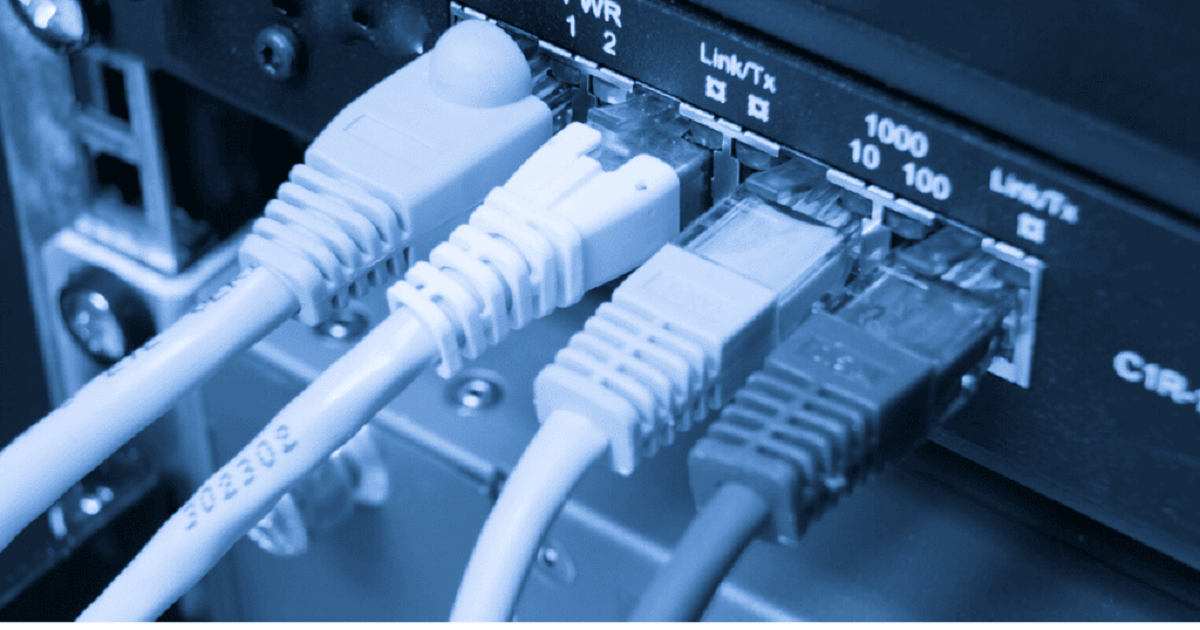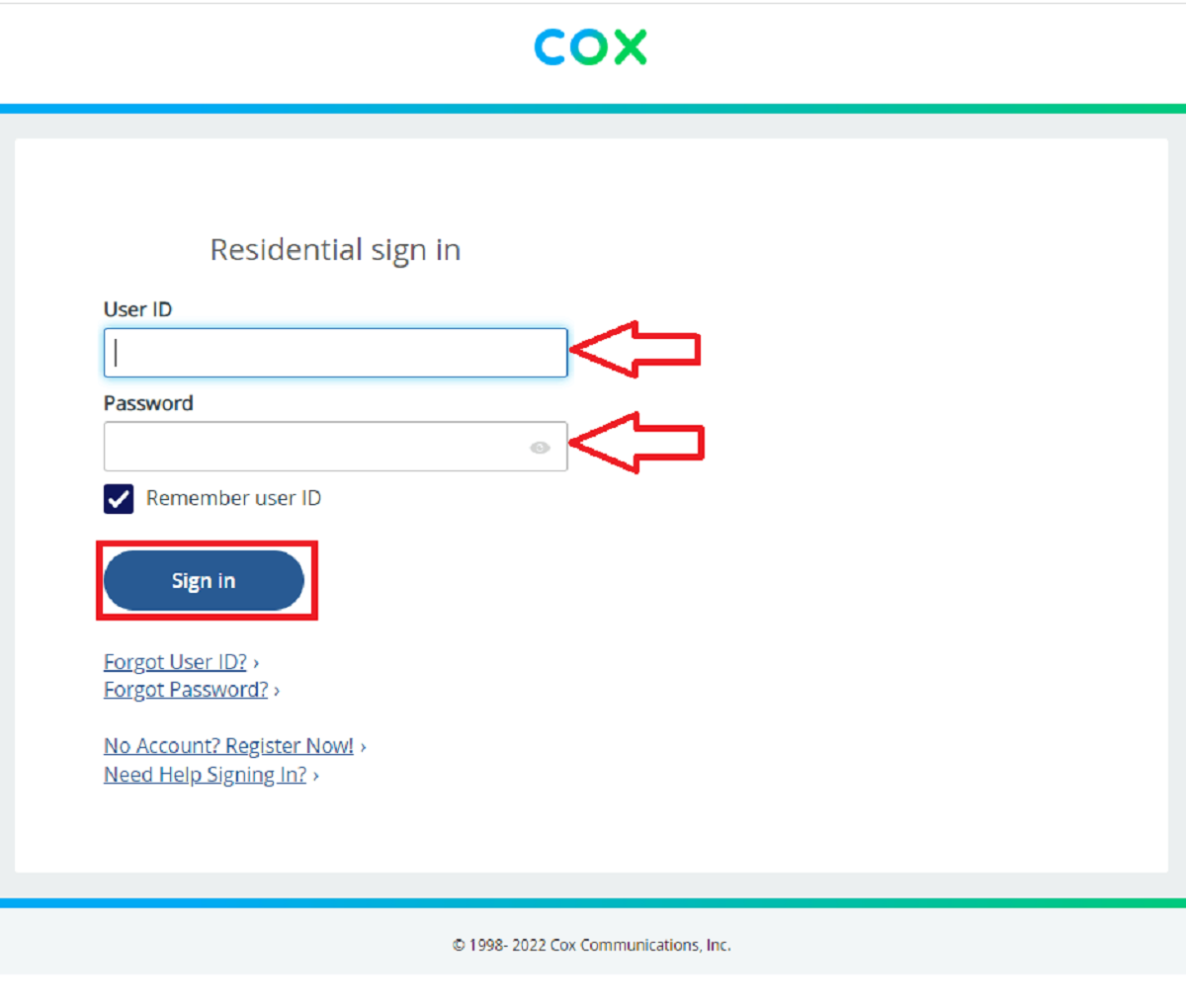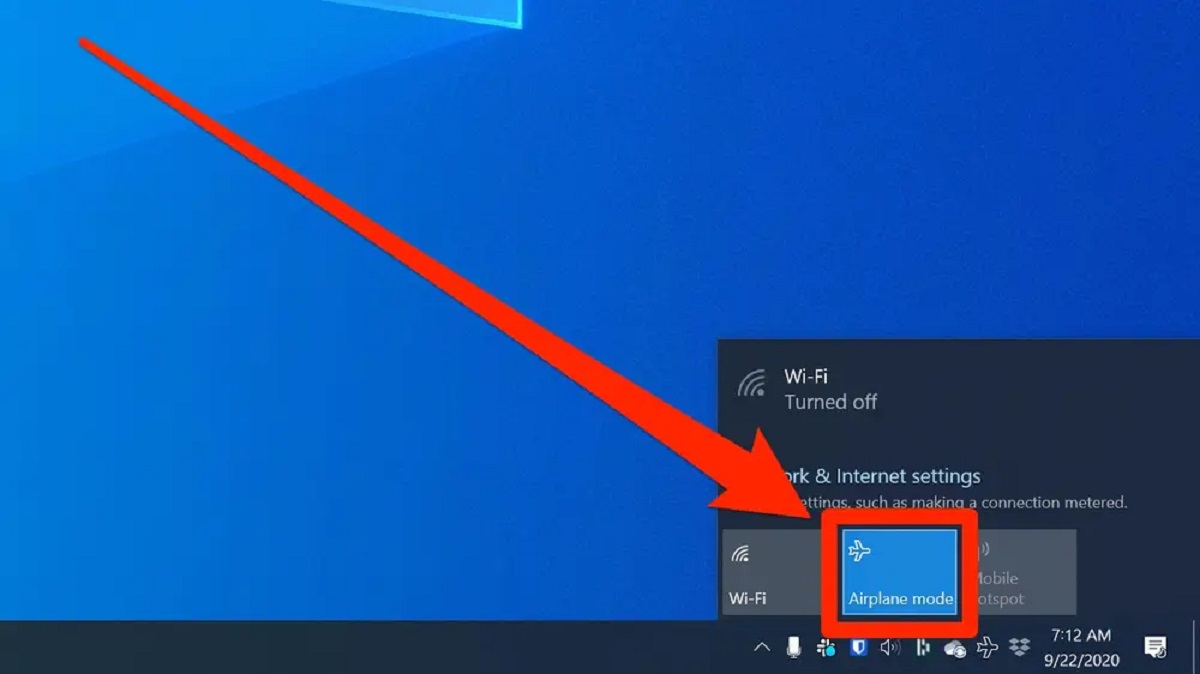Introduction
Welcome to this comprehensive guide on how to log into your WiFi router. Your WiFi router is the central hub that connects all your devices to the internet, and knowing how to access its settings is essential for troubleshooting, configuring network settings, and ensuring optimal performance.
Logging into your WiFi router allows you to access the router’s administrative interface, where you can customize various aspects of your network, such as network name (SSID), security settings, and parental controls. However, finding the router’s login page and entering the correct credentials can be a confusing process for some users.
In this guide, we will walk you through the step-by-step process of logging into your WiFi router, explaining each step in detail. We will also address common troubleshooting issues you may encounter along the way. Whether you are a beginner or an experienced user, this guide will equip you with the knowledge to access and manage your WiFi router effectively.
Before we dive into the login process, let’s take a moment to understand what a WiFi router is and its role in your home network.
A WiFi router is a device that acts as a gateway between your internet service provider and all the devices in your home that connect to the internet via WiFi. It creates a local network and provides wireless connectivity to your devices, allowing them to communicate with each other and access the internet.
Now that we have a basic understanding of WiFi routers, it’s time to move on to the next step: finding the router’s IP address, which is essential for accessing the login page.
Understanding your WiFi router
Before you log into your WiFi router, it’s important to have a basic understanding of its components and functionalities. This knowledge will help you navigate the router’s settings and make informed decisions when configuring your network.
A WiFi router is a complex device that combines several features into a single unit. Here are some key components and terminologies you should be familiar with:
- WAN port: This is the port where you connect your router to the modem provided by your internet service provider (ISP). It allows your router to connect to the internet.
- LAN ports: These ports are used to connect your devices to the router using Ethernet cables. They provide a more stable and reliable connection compared to WiFi.
- WiFi bands: Most modern routers support both 2.4GHz and 5GHz frequency bands. The 2.4GHz band offers a wider range but slower speeds, while the 5GHz band provides faster speeds but with a shorter range.
- SSID: Short for Service Set Identifier, the SSID is the name of your WiFi network. It is what you see when you search for available networks on your devices.
- Security settings: Your WiFi router offers various security options to protect your network from unauthorized access. The most common security protocols are WEP, WPA, and WPA2. It’s important to choose a strong password and enable encryption to keep your network secure.
- Guest network: Some routers allow you to set up a separate network for guests. This network is isolated from your main network and provides limited access to the internet, ensuring the security and privacy of your main network.
- Firewall: A firewall is a security feature that monitors incoming and outgoing network traffic. It helps prevent unauthorized access and protects your network from potential threats.
Understanding these basic components and terminologies will help you navigate the router’s settings with confidence. Now, let’s move on to the next step: finding your router’s IP address, which is necessary for accessing the login page.
Finding router IP address
In order to log into your WiFi router, you need to know its IP address. The IP address is a unique identifier that allows devices on a network to communicate with each other.
Here are a few methods to find your router’s IP address:
- Using the Command Prompt or Terminal: If you are using a Windows computer, open the Command Prompt by searching for “cmd” in the Start menu. In macOS, open the Terminal from the Utilities folder in the Applications folder. Once open, type the command “ipconfig” (Windows) or “ifconfig” (macOS) and press Enter. Look for the “Default Gateway” field, and the IP address displayed next to it is your router’s IP address.
- Using the Network Settings: On some devices, you can find the router’s IP address within the network settings. Go to your device’s settings, find the WiFi or network section, and look for the network you are connected to. The router’s IP address is usually listed as the “gateway” or “router” address.
- Using a Network Scanner: There are various network scanning tools available that can detect and provide information about the devices connected to your network. These tools can help you identify your router’s IP address. One popular option is the Advanced IP Scanner, which you can download and install on your computer.
Once you have successfully found your router’s IP address, you are ready to proceed to the next step: accessing the router’s login page.
Accessing router login page
Now that you have obtained your router’s IP address, you can proceed to access the router’s login page. This page allows you to enter the necessary credentials to access the administrative settings of your WiFi router.
Follow these steps to access the router login page:
- Open a web browser on your device. Some commonly used web browsers include Google Chrome, Mozilla Firefox, and Microsoft Edge.
- In the address bar of the web browser, enter the IP address of your router that you obtained in the previous step. Make sure to type the IP address correctly.
- Press Enter or click on the Go/Enter button. The web browser will attempt to connect to your router’s IP address.
- You will be redirected to the router’s login page. This page typically prompts you to enter a username and password to access the administrative settings.
- Enter the default username and password for your router. These credentials are often provided in the user manual or are printed on the router itself. If you have changed these login details before, enter the updated username and password.
- Click on the Login or Submit button to proceed.
If you have entered the correct login credentials, you will be granted access to the administrative settings of your WiFi router. The login page may vary depending on the manufacturer and model of your router. Some routers may also have a mobile app for accessing the settings.
Remember to keep your router login credentials secure, and consider changing the default username and password to enhance the security of your network.
Now that you have successfully logged into your router, you can proceed to configure various settings and customize your network according to your needs.
Entering router credentials
Once you have accessed the router’s login page, you will be prompted to enter your router credentials. These credentials serve as a security measure and are required to access the administrative settings of your WiFi router.
Here are the steps to enter your router credentials:
- On the router’s login page, locate the fields for the username and password.
- Enter the username that corresponds to your router. This information is usually provided in the user manual or labeled on the router itself. If you are unsure, refer to the default credentials provided by the manufacturer.
- Input the password associated with your router. Similar to the username, the default password can be found in the user manual or on the router label. If you have changed the password before, use the updated password.
- Double-check the entered credentials to ensure accuracy, as incorrect information can prevent you from logging in.
- Once you have entered the correct username and password, click on the Login or Submit button to proceed.
If the login credentials are correct, you will be granted access to the administrative settings of your router. From here, you can configure various aspects of your network, including WiFi settings, security options, parental controls, and more.
It is important to note that in some cases, routers may have different interfaces or login pages, depending on the manufacturer and model. If you are having trouble logging in or cannot locate the correct credentials, refer to the user manual or support resources provided by the router manufacturer.
Now that you have successfully entered your router credentials, you can begin customizing your network settings to meet your specific needs. Take some time to explore the different options available and make adjustments according to your preferences.
Troubleshooting login issues
While logging into your WiFi router is usually a straightforward process, there may be instances where you encounter login issues or difficulties accessing the router’s administrative settings. Here are some common troubleshooting steps to help resolve these login issues:
- Check your credentials: Double-check the username and password you are entering. Ensure that you are using the correct case (uppercase or lowercase) as passwords are case-sensitive.
- Try default credentials: If you have never changed the router’s login credentials, try using the default username and password provided by the manufacturer. These default credentials are often mentioned in the user manual or labeled on the router itself.
- Reset router to factory settings: If you have changed the login credentials and cannot recall them, you can reset your router to its factory settings. Look for a small reset button on the router (usually located at the back) and press it using a pin or paperclip. This will reset the router to its default configuration, including the default username and password.
- Clear browser cache: Sometimes, login issues can occur due to a cached version of the router login page. Clear your browser’s cache and cookies, then try accessing the login page again.
- Use a different browser/device: If you are experiencing login issues on a specific browser or device, try using a different browser or device to see if the issue persists. This can help determine if the problem is specific to one particular setup.
- Check for IP conflicts: If you are unable to access the login page, it’s possible that there might be an IP address conflict on your network. Ensure that no other device on the network is using the same IP address as your router.
- Contact your router manufacturer or internet service provider: If none of the above steps resolve the login issues, it may be necessary to contact customer support for your router manufacturer or internet service provider. They can provide further assistance and troubleshoot specific to your router model and setup.
By following these troubleshooting steps, you will likely be able to resolve most login issues and gain access to your router’s administrative settings. Remember to reach out to technical support if the problem persists or if you need further assistance.
Conclusion
Logging into your WiFi router is an essential skill that allows you to access the administrative settings and customize various aspects of your network. In this guide, we have covered the step-by-step process of logging into your router, including finding the router’s IP address, accessing the login page, entering the router credentials, and troubleshooting login issues.
Understanding the components and functionalities of your WiFi router is crucial for navigating its settings effectively. Familiarizing yourself with terms like WAN and LAN ports, WiFi bands, SSID, security settings, and firewall can empower you to configure your network based on your specific requirements.
Finding your router’s IP address is the first step towards accessing the login page. Whether you use the Command Prompt or Terminal, check the network settings, or utilize a network scanner, obtaining the correct IP address is vital for successful login.
Once you have accessed the router’s login page, entering the correct credentials grants you access to the administrative settings. Always ensure that you enter the accurate username and password, and consider changing the default login details for improved security.
In the event of login issues, troubleshooting steps such as checking credentials, trying default credentials, resetting the router, clearing browser cache, using different browsers or devices, and checking for IP conflicts can help you overcome any obstacles you may encounter.
By following the instructions provided in this guide, you are now equipped with the knowledge and skills to log into your WiFi router confidently. Take advantage of the administrative settings to customize and optimize your network, resulting in a reliable and secure internet connection for your devices.
Remember to refer to your router’s user manual or contact customer support for specific issues or further assistance. Happy networking!







